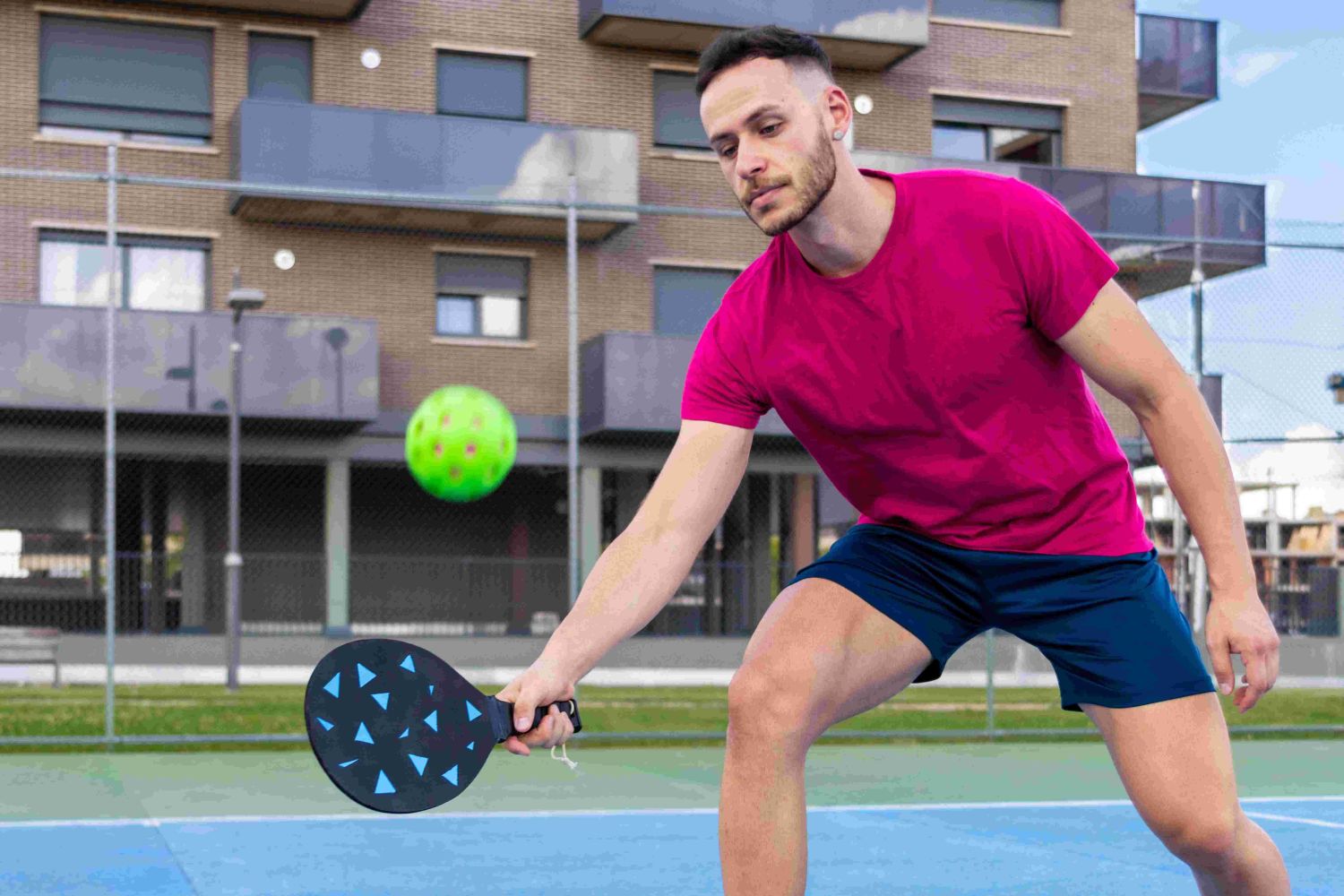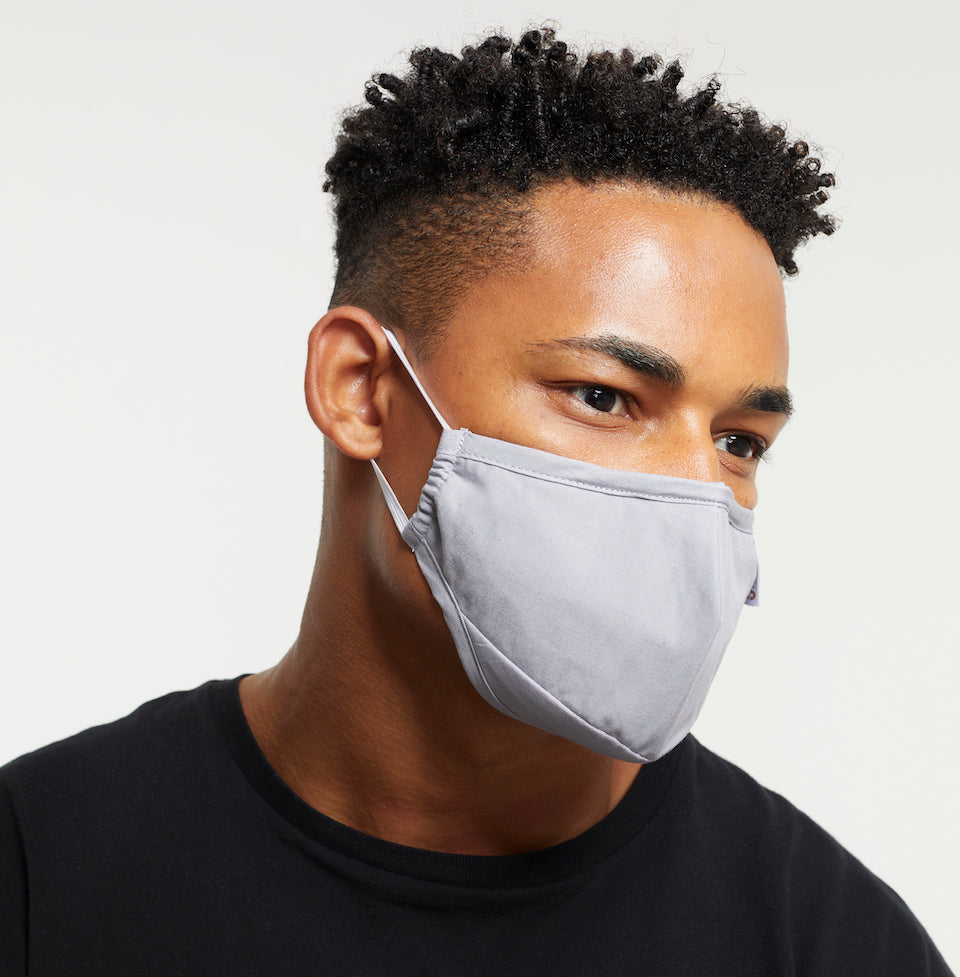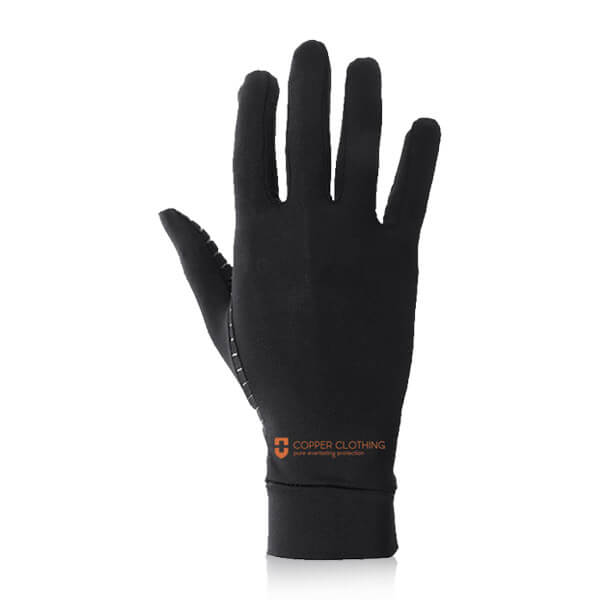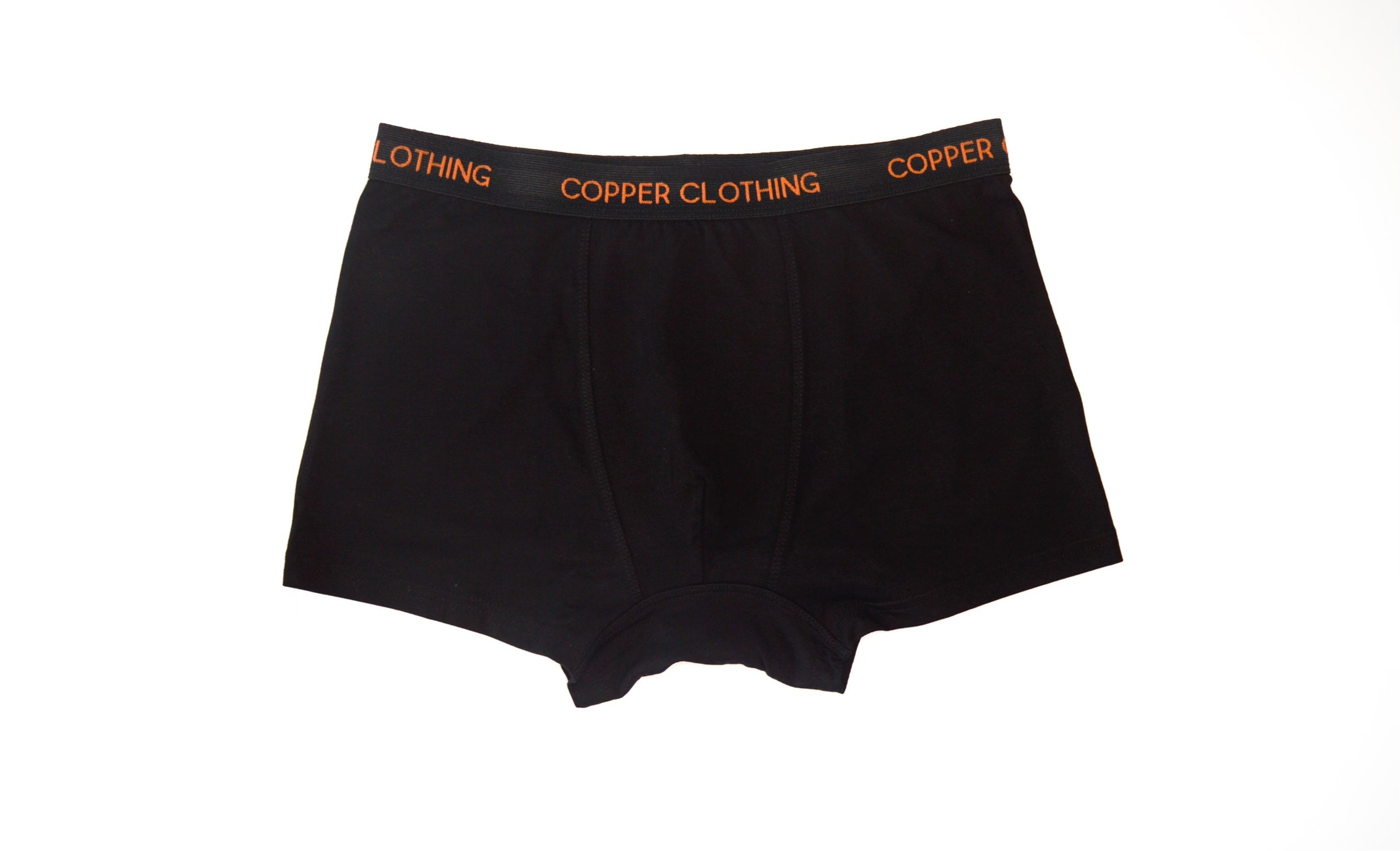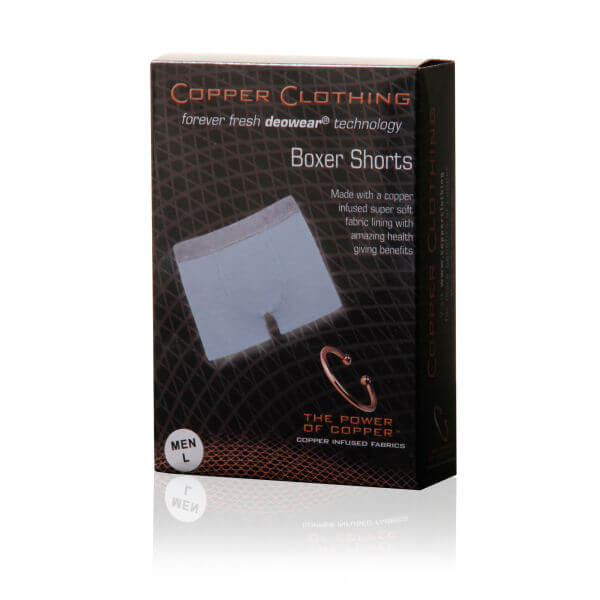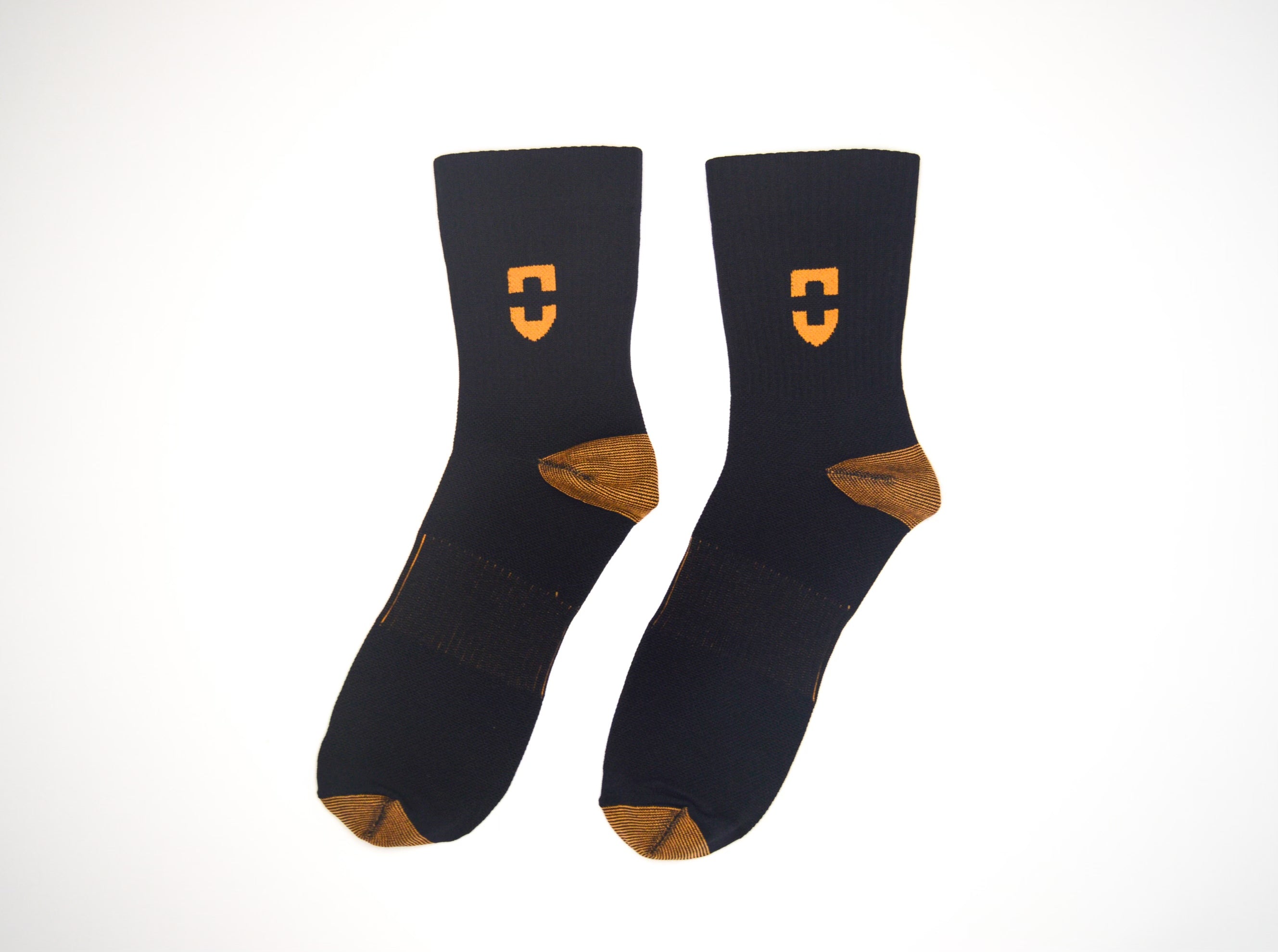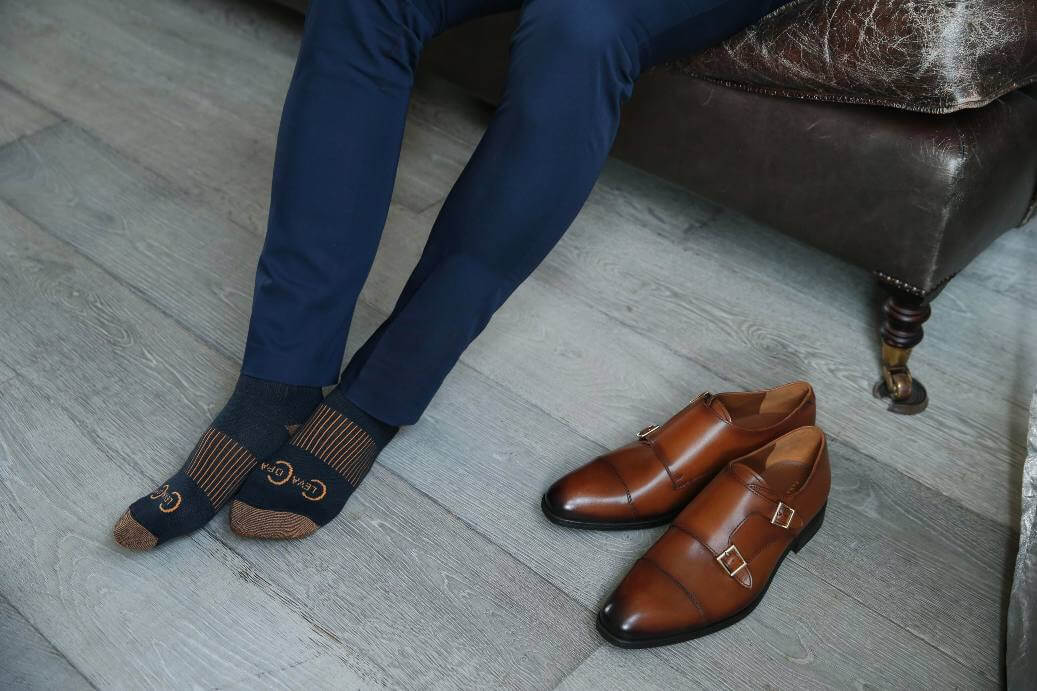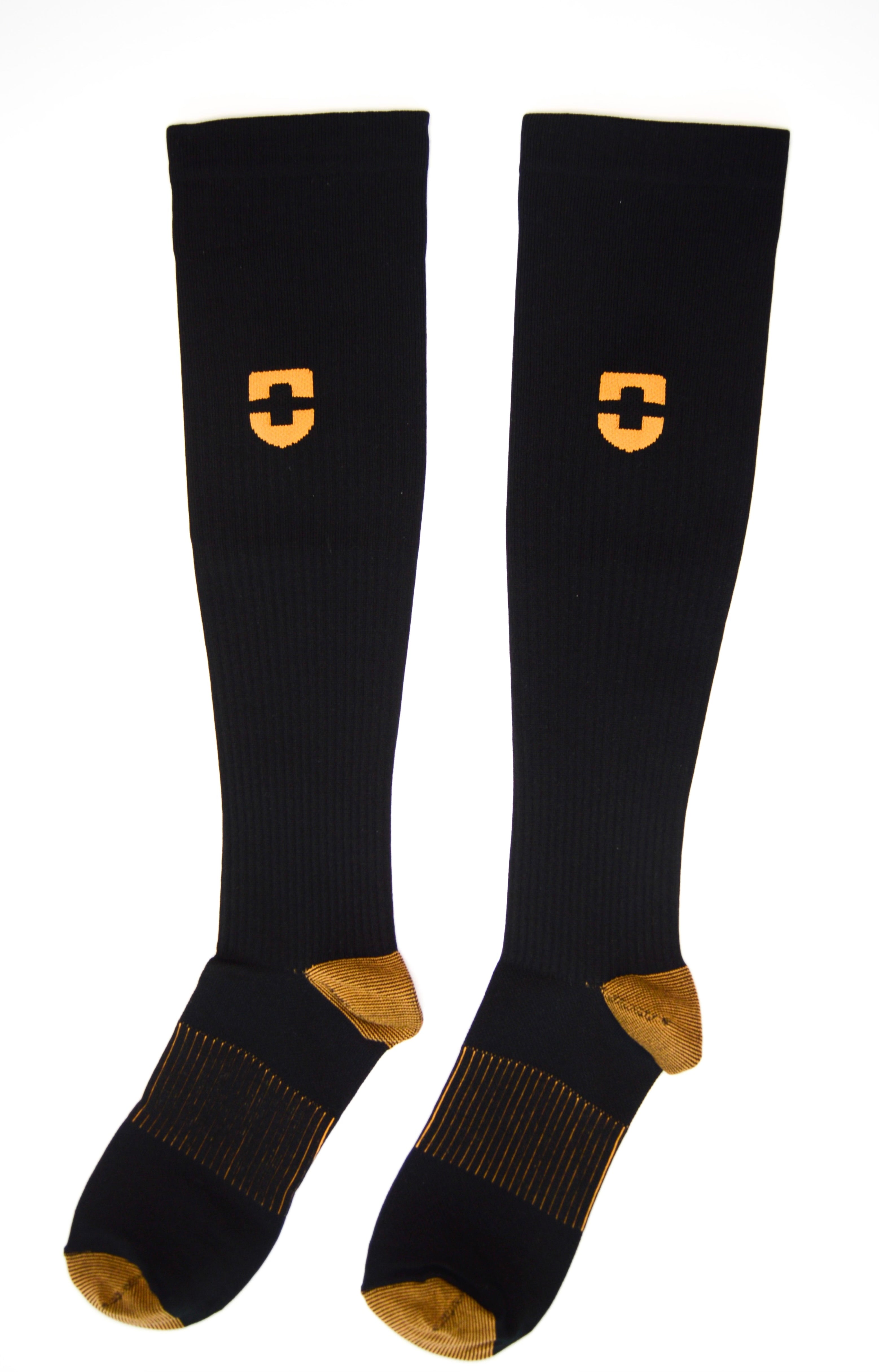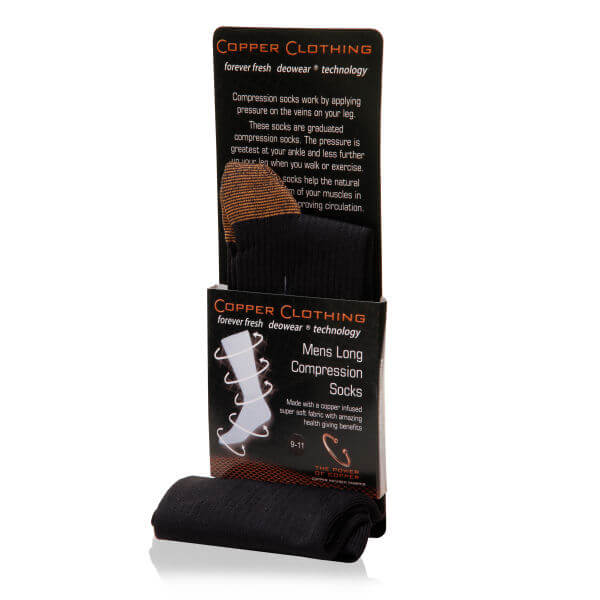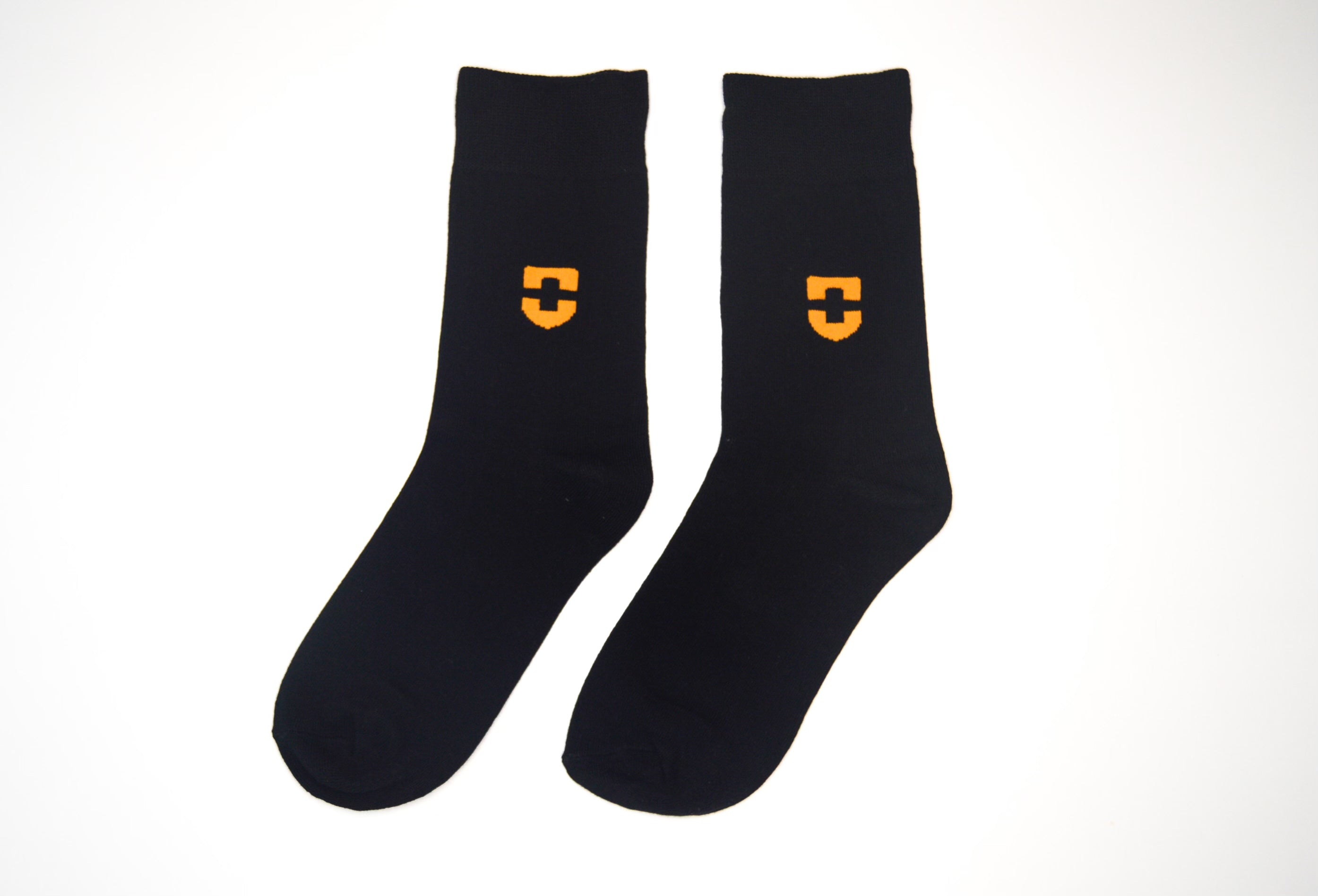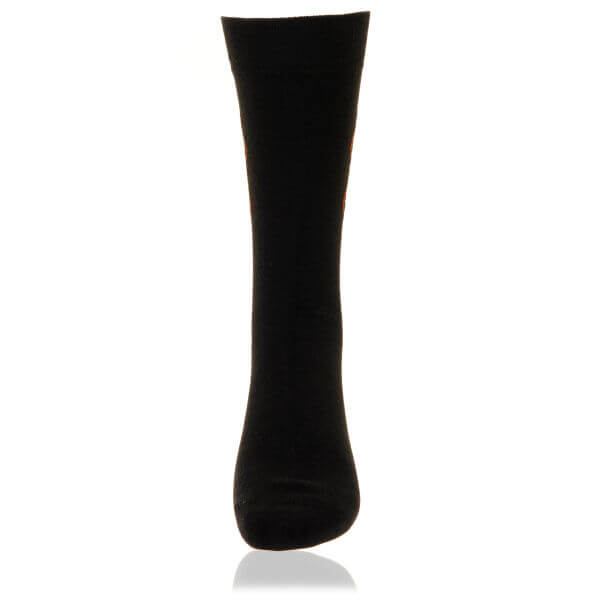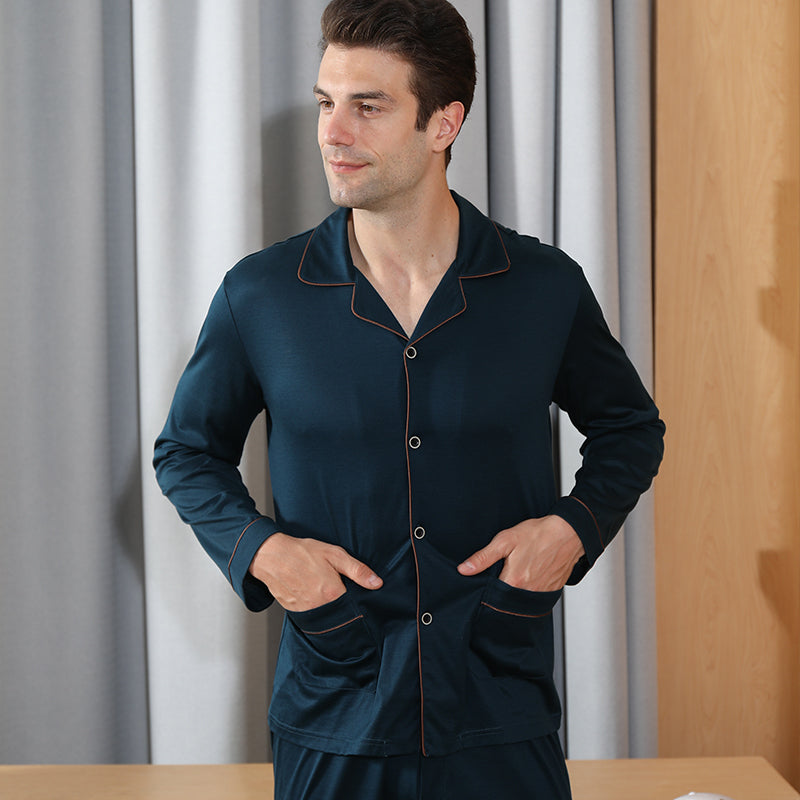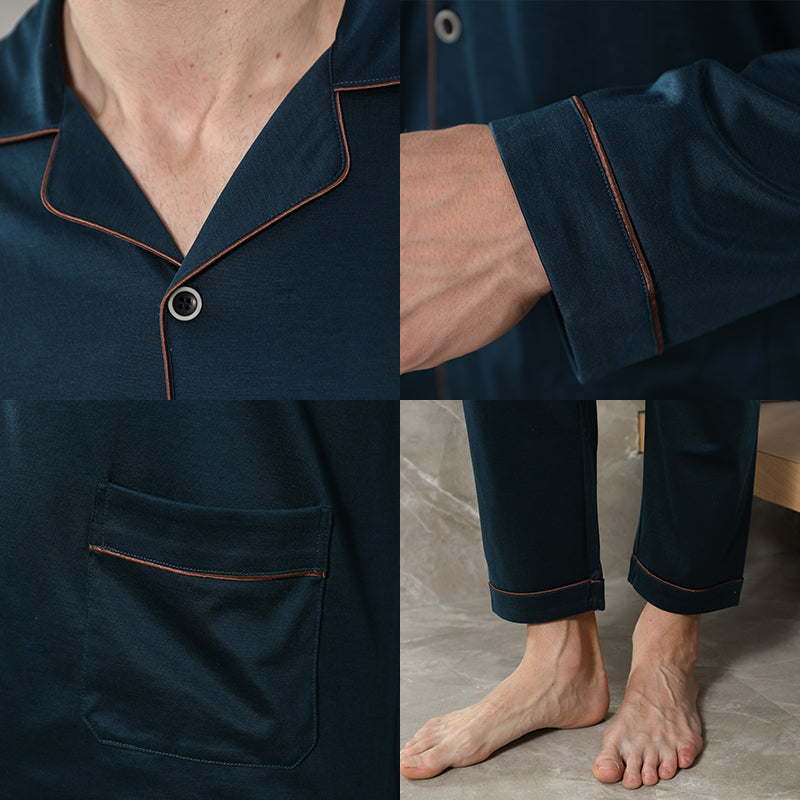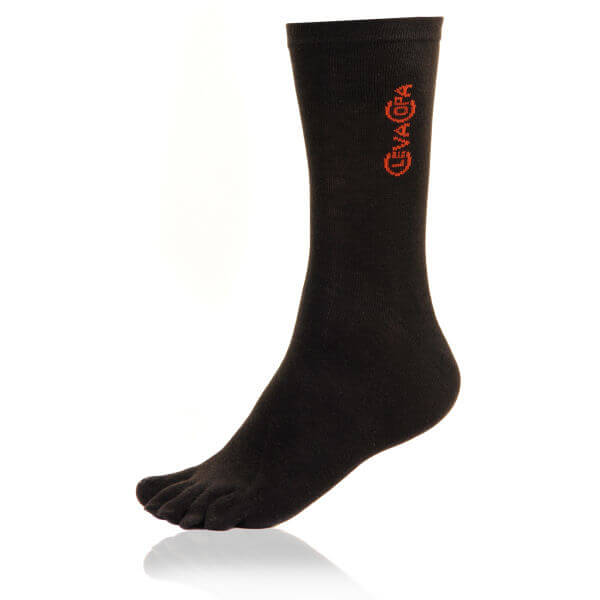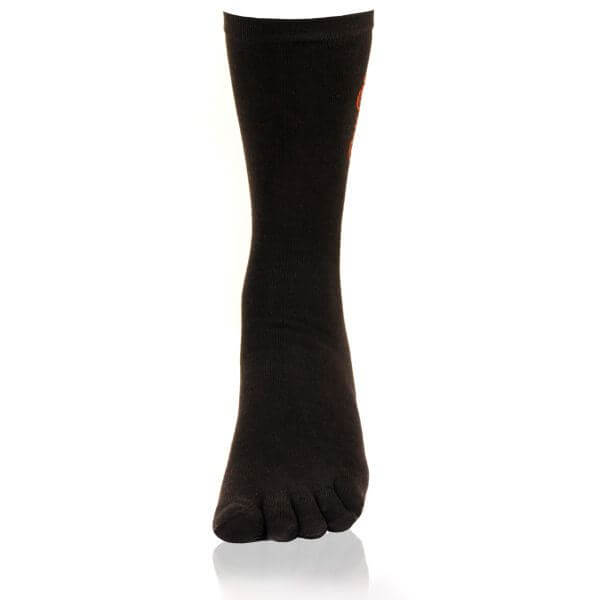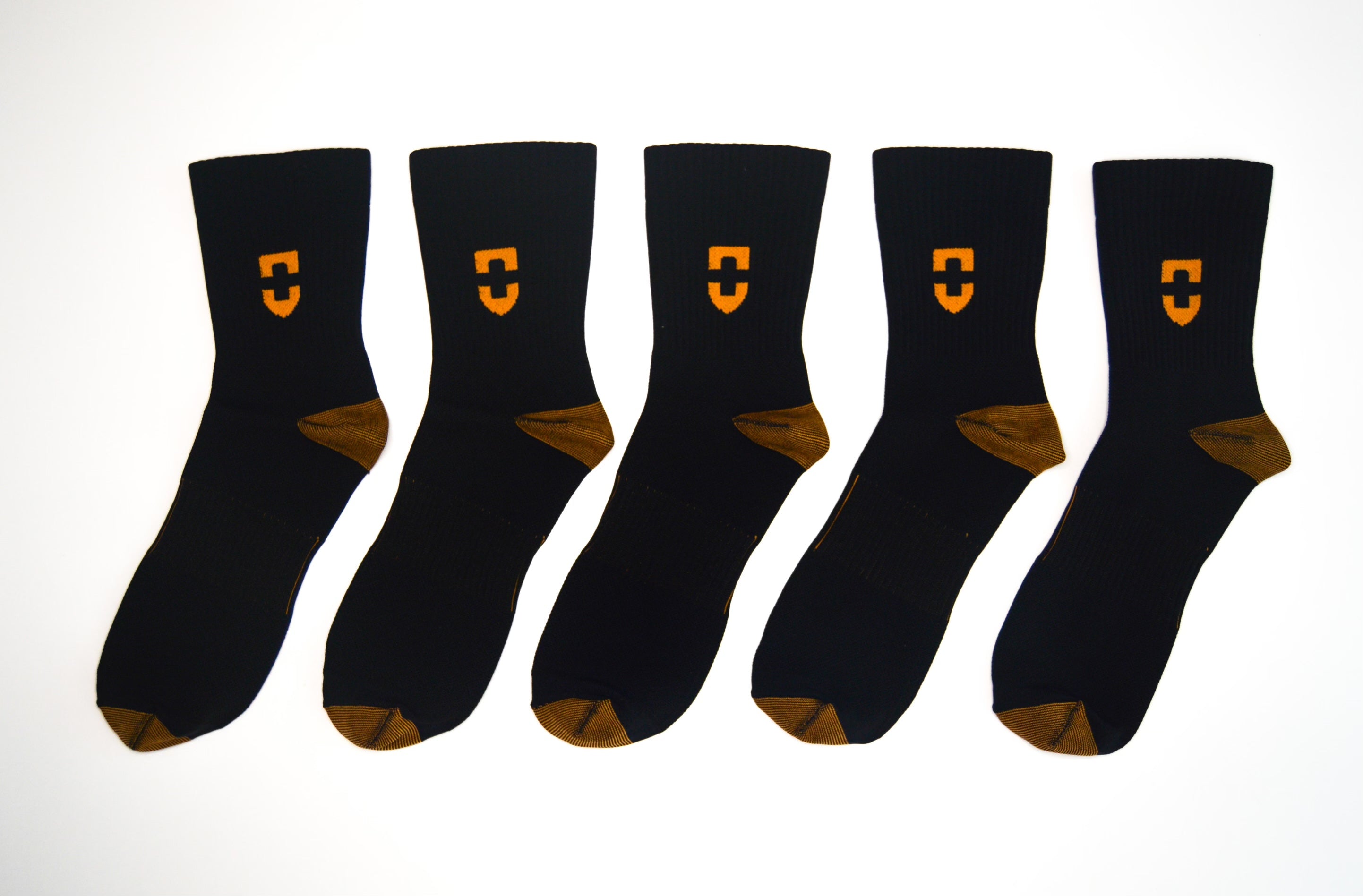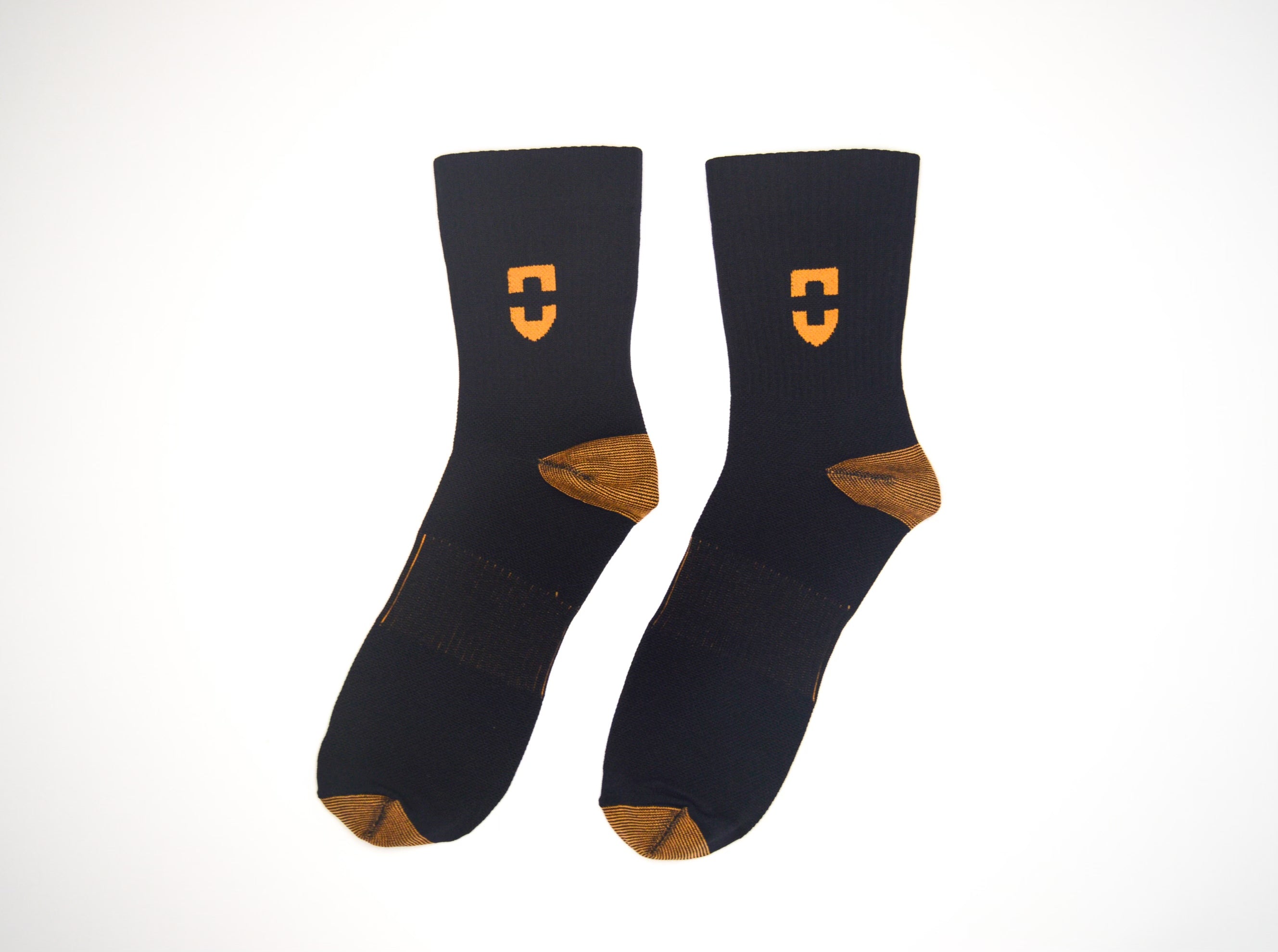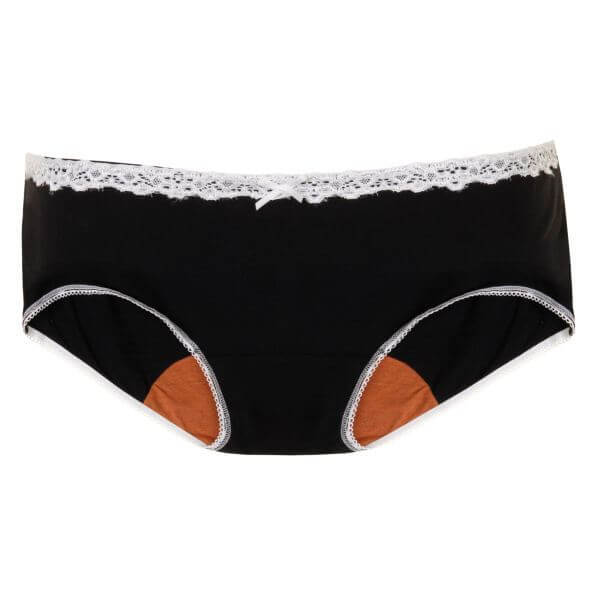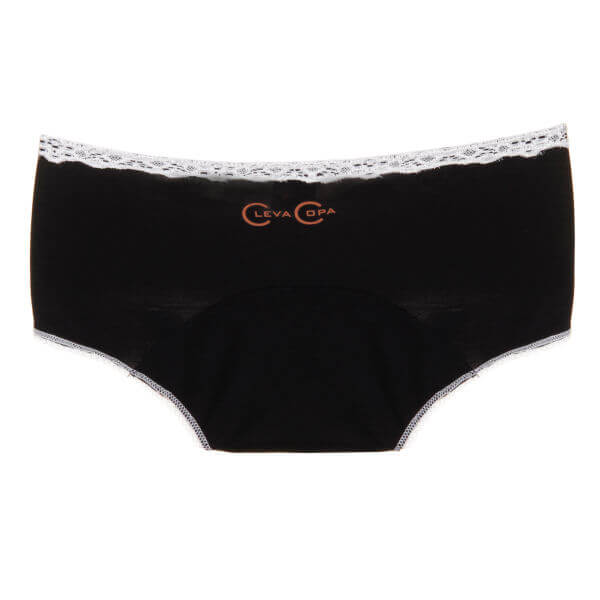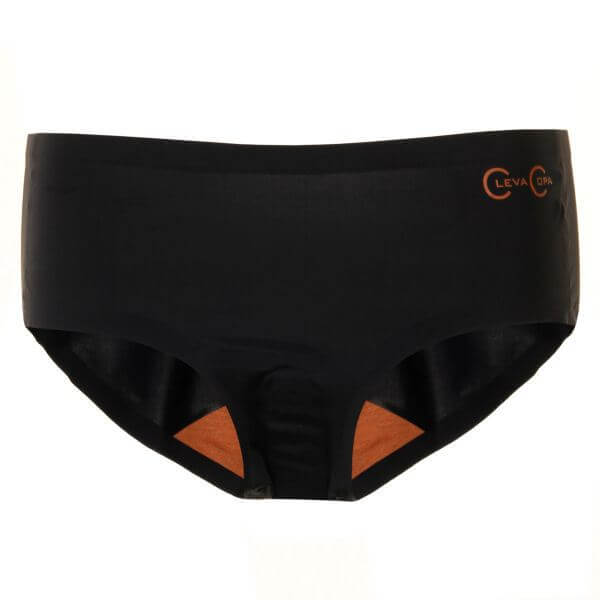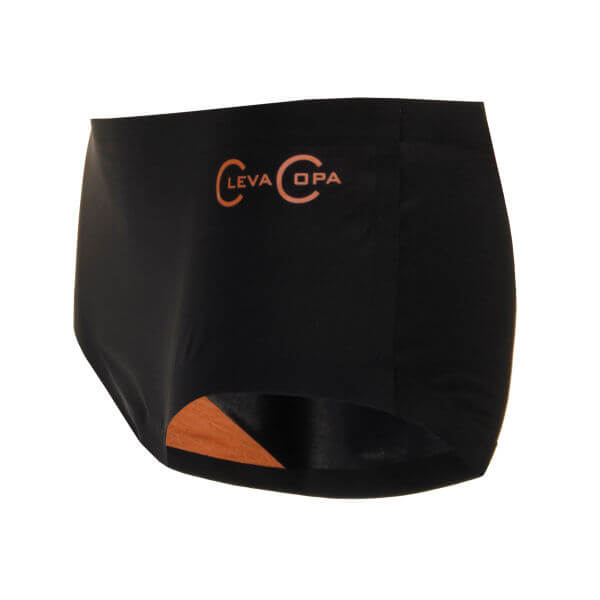Common Pickleball Injuries & How to Avoid Them
Published
June 25 2025
Pickleball is growing fast in popularity. It is fun, easy to learn, and a great way to stay active. But as more people play, injuries are becoming more common.
Studies show that most injuries happen to people over 50. The University of Arkansas found that 87% of serious pickleball injuries needing emergency care were in this age group. Doctors at Ohio State University also report more broken bones in players, especially those in their 60s. The most common injuries include sprains, strains, and broken bones, usually from falls or overuse. These can keep you off the court and affect your daily life.
In this blog, we will look at the most common injuries in pickleball and share simple ways to help you stay safe and keep playing the sport you enjoy.
Why Are Pickleball Injuries on the Rise?
Pickleball is becoming more popular, especially with older adults who may not be used to regular exercise. The fast pace of the game and quick movements can put stress on muscles and joints. Many players also start without warming up properly or using the right gear, which can lead to injuries like sprains and falls. As more people play, especially those over 50, the number of injuries is increasing.
Most Common Pickleball Injuries
Pickleball is an exciting and engaging sport, but it’s not without its risks. Injuries can occur, especially for beginners or those who don’t warm up properly. Let’s take a closer look at some of the most common injuries players experience:
-
Knee Injuries
Knee injuries are common in pickleball, often caused by quick stops and side-to-side movements. Conditions like tendonitis and ligament strains are frequent. To prevent knee injuries, players should focus on strengthening their legs and using proper technique. Pickleball stretches before the game can also help improve flexibility and reduce the risk of knee issues. -
Hand, Wrist, Elbow, & Shoulder Injuries
Injuries to the upper body, such as wrist sprains, pickleball elbow, and shoulder pain, are common due to repetitive motions. These injuries can be especially problematic as they might limit your ability to play. Using proper form and warming up before playing can help reduce the risk of these injuries. If you experience pickleball shoulder pain, consider taking a break and applying ice for relief. -
Ankle Injuries
Ankle sprains are one of the most common pickleball injuries. They often occur when players make sudden movements or wear the wrong shoes. Wearing supportive shoes and practicing good footwork can help prevent ankle injuries. Strengthening the ankle muscles through specific pickleball stretches can also help avoid these issues. -
Hip Injuries
Hip injuries can result from overuse or repetitive motions. Conditions like hip flexor strains or bursitis are common. Stretching, strengthening your hips, and using the right techniques can help prevent these injuries. Incorporating hip-focused pickleball stretches into your routine can improve flexibility and strength, protecting you from these types of injuries.
How to Protect Yourself on the Court
Whether you're new to pickleball or a seasoned player, protecting your body is key to enjoying the game. Here are some easy and effective ways to stay safe on the court:
-
Warm Up Properly
Before you start playing, take 5–10 minutes to warm up your body. Light jogging, arm circles, and leg swings help get your blood flowing and muscles ready. This simple step can reduce the risk of strains and sprains, preventing some of the worst pickleball injuries. -
Wear Supportive Gear
Compression gear, like Copper Compression Socks and Gloves, can help improve circulation and provide muscle support, which is especially beneficial during physical activity. By applying gentle pressure, these products promote blood flow, reduce muscle fatigue, and stabilize joints, allowing you to play longer and with more confidence. The added support can also help prevent injuries, making them a great choice for active individuals looking to enhance their performance and comfort on the court -
Strengthen Your Muscles
Strong muscles help protect your joints and improve your game. Focus on exercises that build strength in your legs, core, and upper body. Aim to include strength training in your routine 2–3 times a week to enhance performance and prevent injuries. Strengthening your muscles is a crucial step in pickleball injury prevention. -
Practice Proper Footwork
Good footwork is essential in pickleball. Practice moving quickly and efficiently to reach the ball without overexerting yourself. Proper footwork reduces the risk of ankle twists and muscle strains, which are common pickleball injuries. -
Take Rest Days
Your body needs time to recover. Incorporate rest days into your routine to allow muscles to repair and rebuild. This helps prevent overuse injuries and keeps you feeling fresh for your next game. Remember, taking breaks is a key part of how to prevent pickleball injuries.
Pickleball is a fantastic way to stay active and have fun, but like any sport, it comes with its risks. By warming up properly, wearing supportive gear like Copper Compression Socks and Gloves, strengthening your muscles, practicing good footwork, and taking regular rest days, you can reduce your chances of injury and keep playing the game you love. Stay smart, play safe, and keep having fun on the court!


